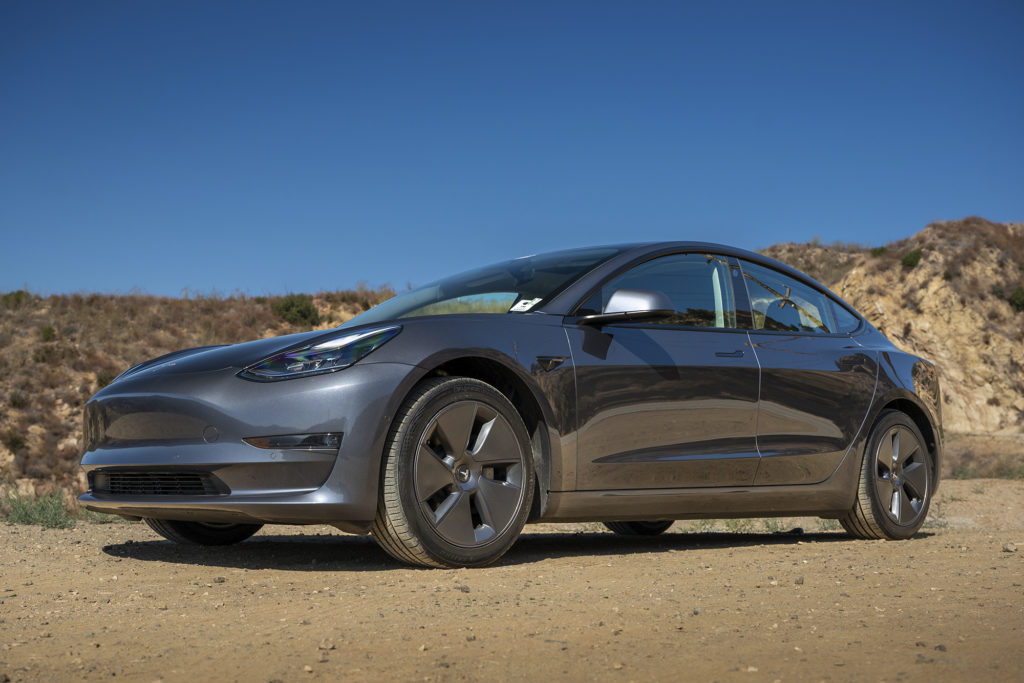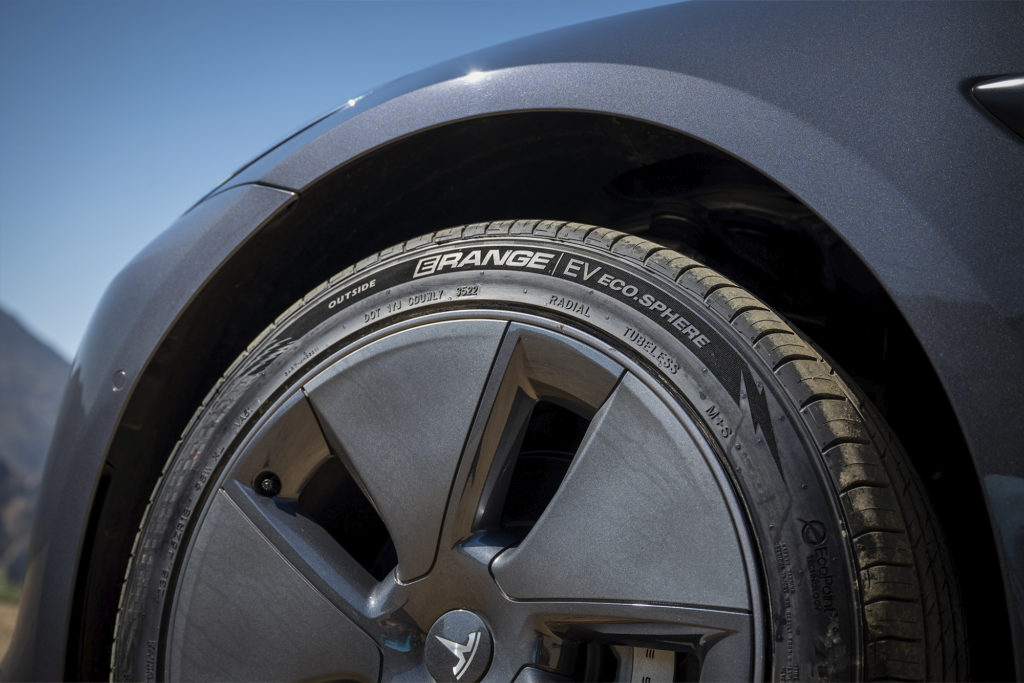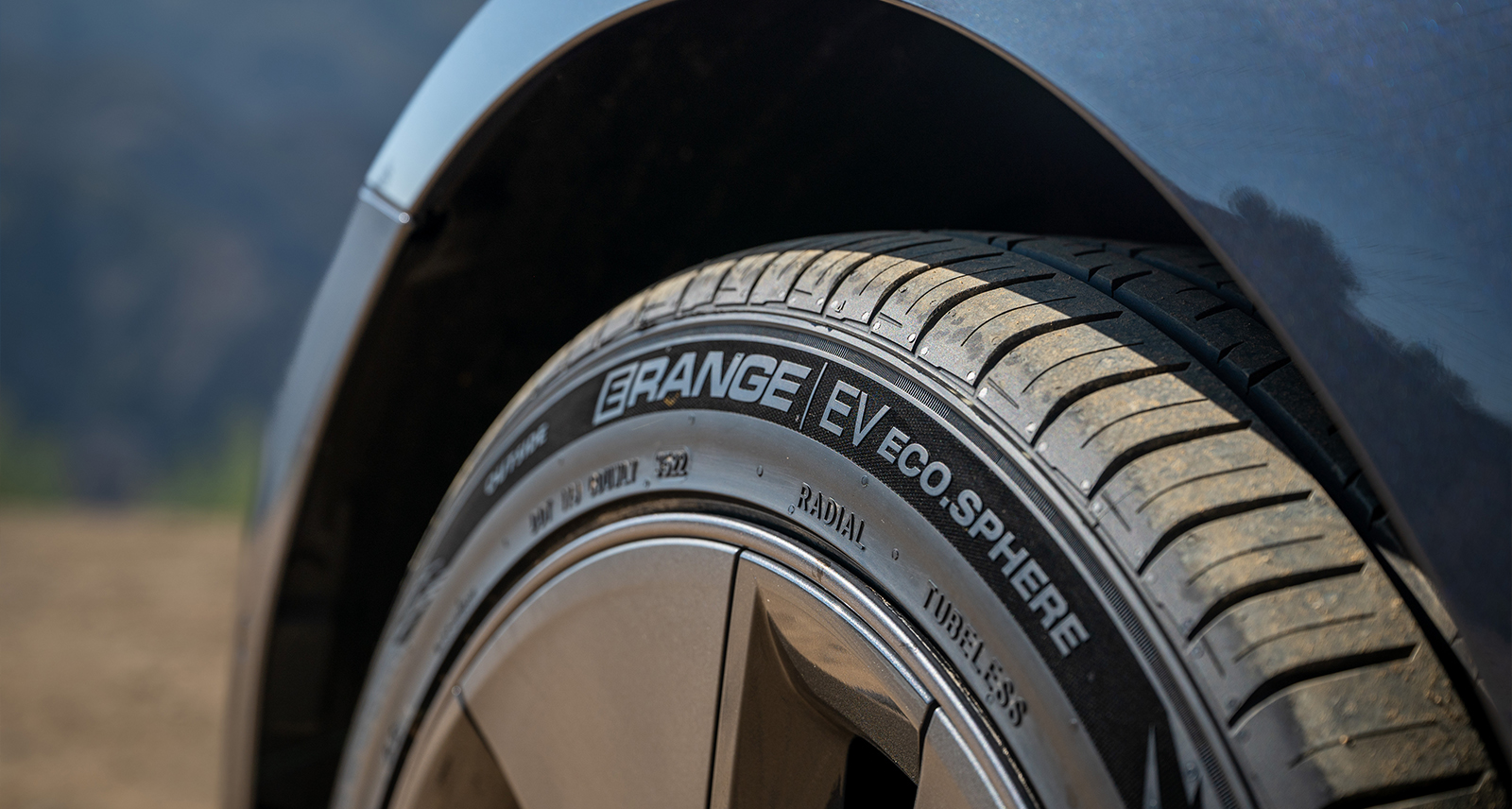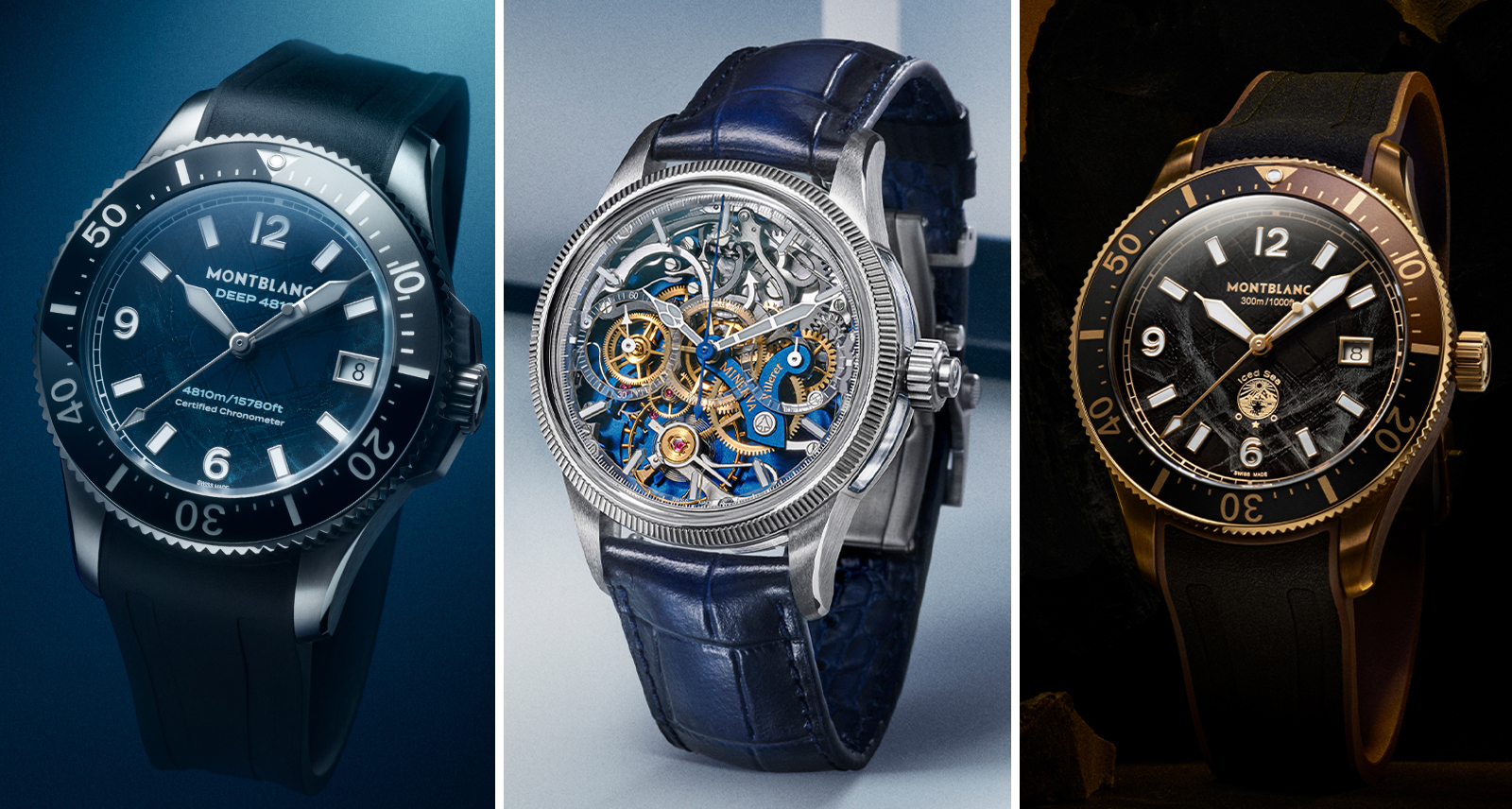EVs Need Different Tires — Here’s What You Need to Know
SHARP & Sailun Tires
If you think electric vehicles (EVs) are the future, you need to think again—they’re already here. In places like Denmark, Norway and California, they’re all over the place. Closer to home, the province of Quebec alone ranks as a top-10 global market for certain EVs. Most people understand there’s a stack of research to do before picking one EV over another.
But here’s one thing most people don’t know — you need to think about the tires, too.
Years ago, when the first hybrids roamed the Earth, they were often saddled with terrible tires. Skinny tires with no grip, no cornering capability and poor traction in wet weather. These tires had a small contact patch and very low rolling resistance, characteristics that helped boost fuel efficiency. But those were the only benefits.

The times have changed. Low rolling resistance is still important for electrified vehicles, but you can’t afford to sacrifice the other qualities that make a decent tire… well, decent. That contact patch is the only thing keeping your car in touch with the surface of the road and not skating off into at the nearest ditch.
Just think of all the roads you drive on regularly. Are any of them perfectly paved? When the rain falls, do these roads still have super-high levels of grip? What about painted lines, unexpected potholes and gravel shoulders? Our roads aren’t perfect, so your tires need to be better — and a traditional low rolling resistance tire just doesn’t cut it anymore.
The typical EV has other characteristics that place unique demands on your tires. They’re heavy compared to more traditional vehicles and some tires are not durable enough to deal with the extra weight. There are even suggestions by scientists that EVs are causing tires to deteriorate so rapidly, it’s causing a new environmental concern — more rubber particles entering the ecosystem.
But that’s not all. The modern EV is wildly quick from a standing-start, the result of electric motors producing instantaneous torque off the line. Such high levels of performance require high levels of grip and durability from a tire. Once again, a tire that offers only low rolling resistance is not going to get the job done.

From a safety standpoint, there’s another big consideration: How the grip from your tires affects braking performance. A low-quality, low-grip tire will not be the preferred choice when you need to hit the brakes in a hurry — it can’t be, for obvious reasons. When you hammer on the brakes to avoid a potentially dangerous situation, it can be a game of inches. And that can be the difference between crashing into an obstacle and escaping unscathed.
Finally, one last thing to think about when it comes to tires for EVs: As the cars themselves are super-quiet, the tires should be super-quiet, too. One of the key selling features of an EV is its ability, to create an incredibly tranquil driving experience. But if your tires are squealing around every corner or generating undue road noise on all sorts of road types, it’s a problem.
When you stop to think about it, there are a lot of demands for an EV tire. But this is where the Sailun ERANGE enters the picture: It’s the first dedicated tire designed, engineered and developed specifically for EVs. It’s made to meet all of these demands and more — and that’s why, if you’re an EV driver, it’s worthy of your attention.










